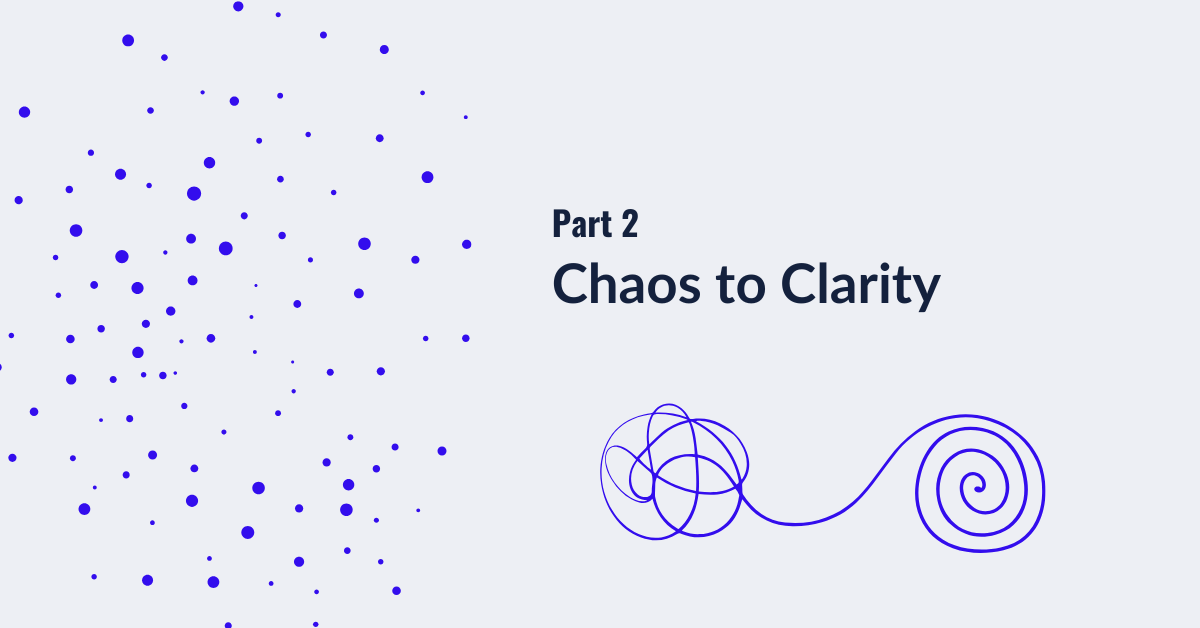The 2025 ESMO Congress underscored a moment of acceleration in oncology, where innovation across multiple modalities—small molecules, biologics, radiopharmaceuticals, and AI-guided immunotherapies—is translating into clinically meaningful outcomes.
Several programs featured in our ESMO 2025 Watchlist released data that collectively reflect a deeper understanding of disease biology, improved drug design, and expanding treatment potential across diverse tumor settings.
Nuvalent — NVL-655 (ALK inhibitor)
At ESMO 2025, Nuvalent reported updated Phase 1/2 results for neladalkib (NVL-655) in advanced ALK-positive solid tumors beyond NSCLC. Among 34 evaluable patients across 14 tumor types, most treated at the 150 mg once-daily dose, the objective response rate (ORR) was 44 % (15/34)—including 9/13 TKI-naïve and 6/21 TKI-pretreated patients.
80% of responders remained on treatment without progression at the cutoff. The activity observed across multiple tumor contexts, coupled with durable responses and favorable tolerability, underscores neladalkib’s potential as a highly selective, brain-penetrant ALK inhibitor with relevance beyond lung cancer.
These findings are notable within the broader ALK-targeted therapy space, where most agents remain confined to NSCLC. Extending efficacy to additional solid tumors could meaningfully broaden the clinical utility of ALK inhibition.
Evaxion A/S — EVX-01 (personalized neoantigen vaccine)
Evaxion presented two-year follow-up results from its Phase 2 study of EVX-01 in combination with checkpoint inhibition in advanced melanoma. The trial achieved a 75% ORR, including 4 complete responses, and 11 of 12 responders remained on treatment at 24 months. Vaccine-induced T-cell responses were detected for approximately 80% of selected neoantigens, and tumour reduction occurred in 15 of 16 patients. The vaccine was well-tolerated with no unexpected safety signals.
In the context of metastatic melanoma, where long-term responders remain a minority even with checkpoint blockade, these results strengthen the case for personalized cancer vaccines as a new layer of immune augmentation capable of deepening and extending clinical benefit.
Corbus Pharmaceuticals — CRB-701 (Nectin-4 ADC)
At ESMO 2025, Corbus reported robust clinical responses from its Phase 1/2 trial of the Nectin-4-targeting ADC CRB-701. At the 3.6 mg/kg dose, ORR was 47.6% in head-and-neck squamous cell carcinoma, 37.5% in cervical cancer, and 55.6% in metastatic urothelial carcinoma, with disease-control rates (DCRs) of 62–89%. No dose-limiting toxicities were observed, and all treatment-related adverse events were Grade 1–3, confirming a favorable safety and tolerability profile. Corbus plans to initiate registrational studies in 2026, positioning CRB-701 as a differentiated next-generation ADC with multi-tumor activity.
These data are particularly meaningful given the limited systemic therapy options in HNSCC and recurrent cervical cancer. A well-tolerated ADC showing this level of activity could significantly expand the reach of targeted cytotoxic therapy into indications with high unmet need.
CStone Pharmaceutical — CS2009 (trispecific PD-1 / CTLA-4 / VEGFA antibody)
CStone presented first-in-human Phase 1 results for CS2009, demonstrating objective responses across multiple solid tumor types and a DCR above 70%. At the recommended Phase 2 dose, the ORR reached 25–33 %, with no dose-limiting toxicities or Grade 4/5 treatment-related events. Pharmacodynamic data confirmed simultaneous checkpoint and angiogenesis blockade, validating the intended multi-pathway synergy.
For tumors with immunotherapy resistance or limited response to single-agent checkpoint inhibitors, the ability to combine multiple immune and angiogenic mechanisms into a single molecule represents an important advance toward more durable immune activation with fewer combination-related toxicities.
A Broader View of Progress
The diversity of advances presented at ESMO 2025, spanning targeted inhibition, personalized vaccination, ADC technology, and multifunctional immunotherapy, reflects a field steadily evolving toward precision, integration, and translational depth.
Each of these programs demonstrates not only incremental efficacy but a conceptual shift: therapies designed from the outset to overcome biological complexity, anticipate resistance, and optimize patient selection. Collectively, they represent meaningful steps toward a more adaptive and data-driven future for oncology.


